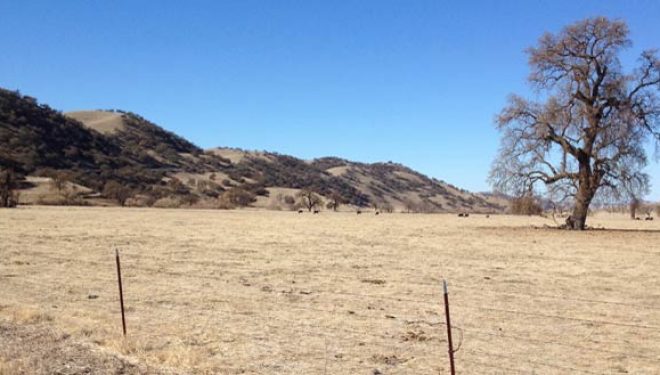
By Wesley A. Miliband and Kristopher T. Strouse
Recently, Marin Municipal Water District (District) has been discussing the idea of enacting a moratorium on new water service connections, and this wouldn’t be the first time the District has put such a moratorium in place during a water shortage emergency.
In 1973, the District first enacted an ordinance prohibiting new water service connections, leading to a decision from the Court of Appeals for the First Judicial District of California affirming the District’s authority to do so during a water shortage emergency in the case of Swanson v. Marin Municipal Water District, 56 Cal.App.3d 512 (1976). This moratorium would persist until 1978 when the end of the drought was declared. In the almost 50 years since then, the District has only placed a moratorium on new service connections on one other occasion, with that lasting from 1989 to 1993.
Now, the District is looking at its options on restricting new water service connections, including a total prohibition on all but a select few exempted categories.
The Proposed Moratorium
As of now, the District is still considering its options with respect to enacting a full on moratorium. While both the June 1 and June 15 board meetings resulted in the board kicking the can down the road, so to speak, the board was not oblivious to the severity of the current drought. “It’s a pretty grim picture,” said Director Larry Bragman of the District’s water supply during the board’s June 1 meeting. “The numbers don’t lie, and the numbers are very concerning.”
As discussed in the board’s June 1 meeting, the proposed ordinance establishing a moratorium would provide that “No new, additional, expanded or increased-in-size water service connections, meters, service lines, pipeline extensions, mains or other water service facilities of any kind, shall be made, allowed, approved or installed as of the effective date of this chapter, except as expressly provided herein.” These exceptions include new connections for fire hydrants, connections required solely for fire protection, improvements to public agencies’ facilities, expansion of existing water services if it does not require payment of any additional connection fees, and for Accessory Dwelling Units meeting certain criteria. Furthermore, a proposed additional exemption was discussed for affordable housing units offering 100 percent affordable units other than on-site manager units.
An area of concern that appeared to be a primary focus for the board was the importance of adding a sunset provision. Numerous ideas were tossed around on this front, including setting a date for the board to reevaluate the ordinance or tying the board’s reevaluation of the ordinance to certain storage goals, but the constant was that the board was supportive of including a sunset provision. During the discussions, Director Jack Gibson focused on emphasizing the word “temporary,” stressing that this moratorium is designed to be a temporary action.
The District estimates that the proposed moratorium would save anywhere from 20 to 60 acre-feet of water per year, or approximately 0.1 percent of the District’s annual potable demand. While this number seems small, proponents of the moratorium remain concerned by the uncertainty of new developments within the District. Under the direction of the Association of Bay Area Governments, for example, Marin may be required to produce close to 15,000 new residences between 2023 and 2031, making the situation even more complicated for the District.
Ultimately, board President Cynthia Koehler stressed at the board’s June 15 meeting that no single solution exists to address the current drought:
The issue around a moratorium isn’t whether it’s going to solve all of our problems. I think that’s a false question and I think we should reject looking at it through that lens. There’s not one single thing we’re going to do that’s going to be the panacea that’s going to solve all our problems. It’s going to be the accumulation of a lot of different efforts.
Conclusion and Implications
The moratorium is still being considered by the board and nothing definitive has been enacted as of this writing, but the board is expected to discuss its options on the matter at its next meeting on July 6 and has directed staff to include alternatives to the moratorium for restricting the water use of new service connections. The Marin Municipal Water District has so far taken a strong stance on conservation, with mandatory conservation measures already in place, and the enactment of a moratorium such as this for the third time in the last fifty years would highlight just how strained the State’s water supply really is this year.



